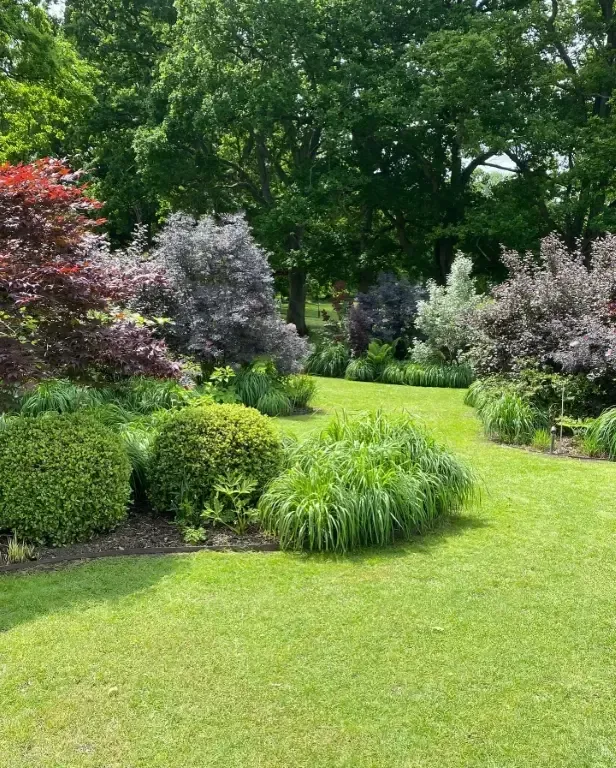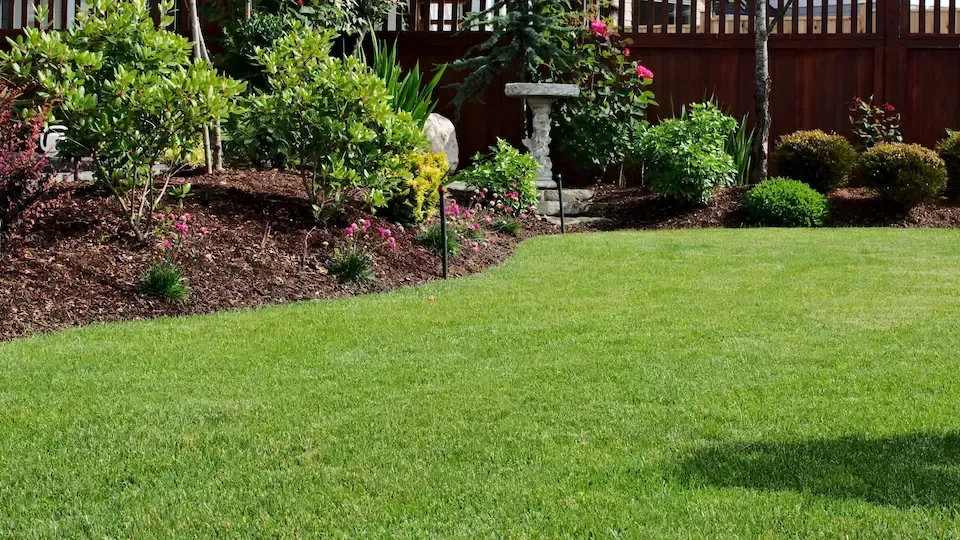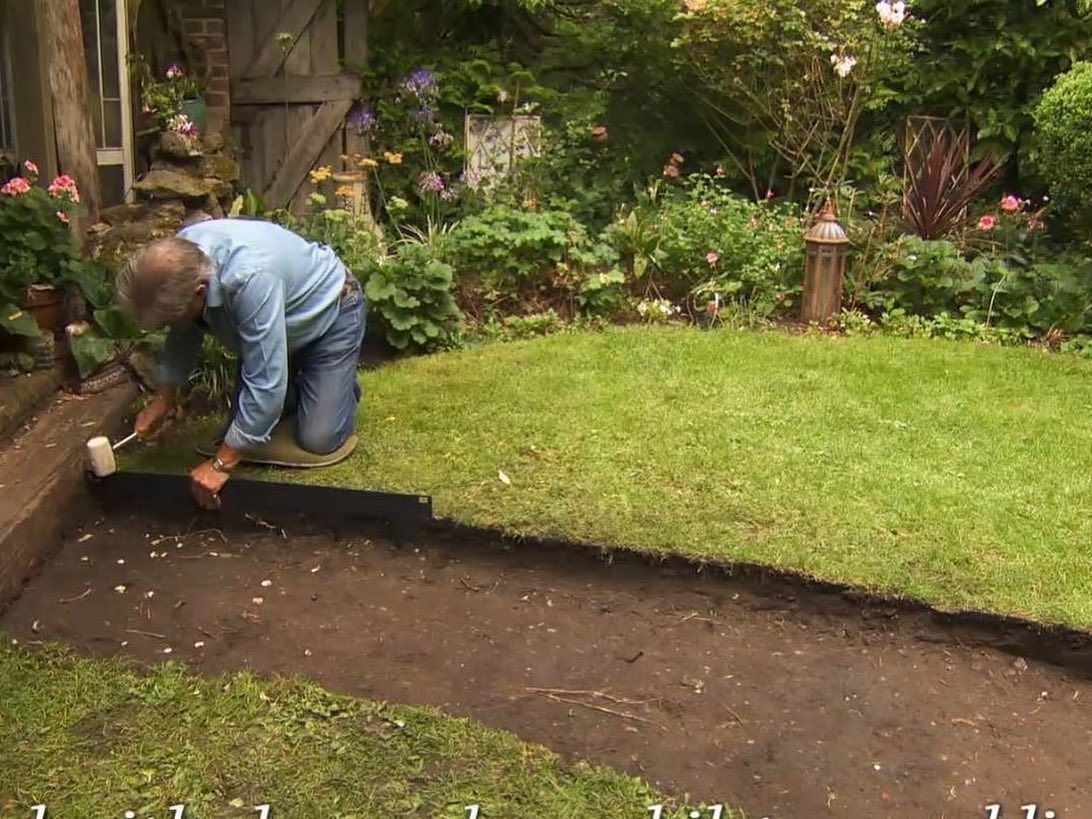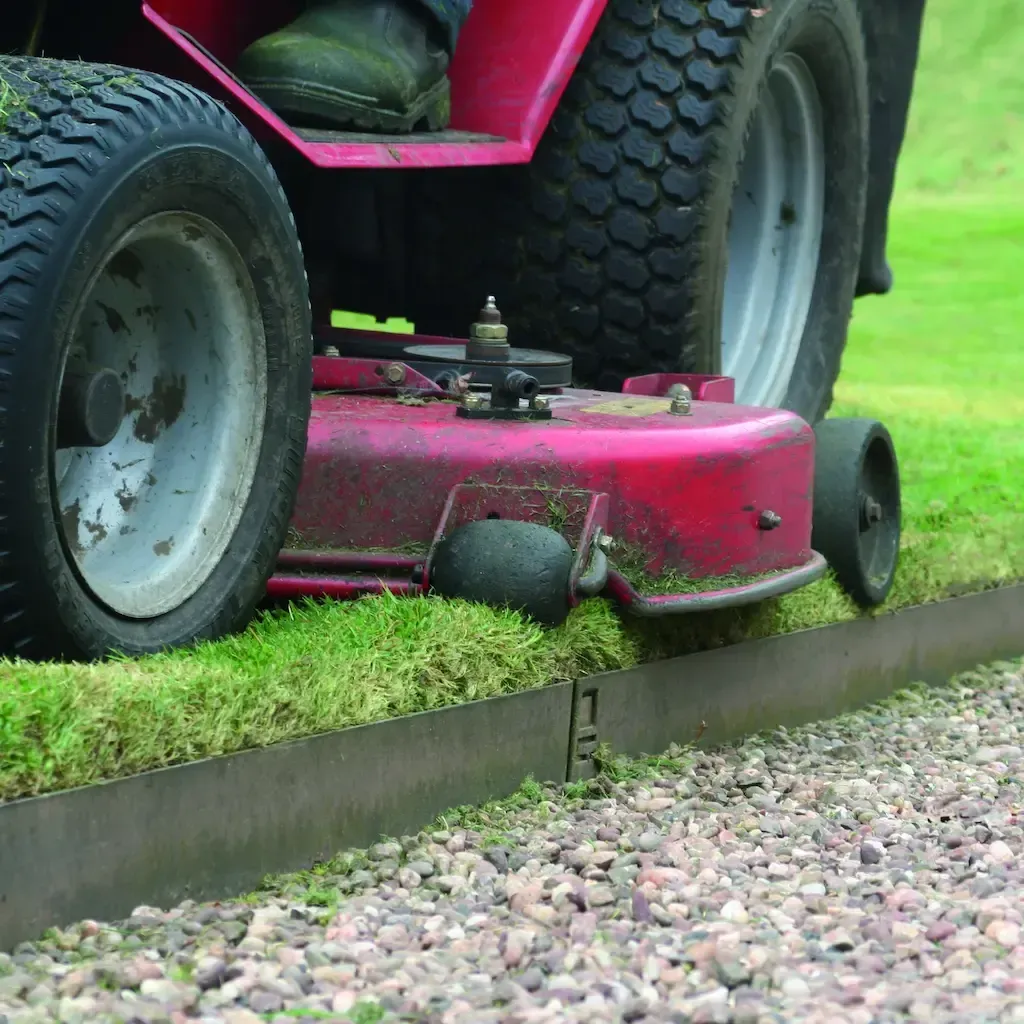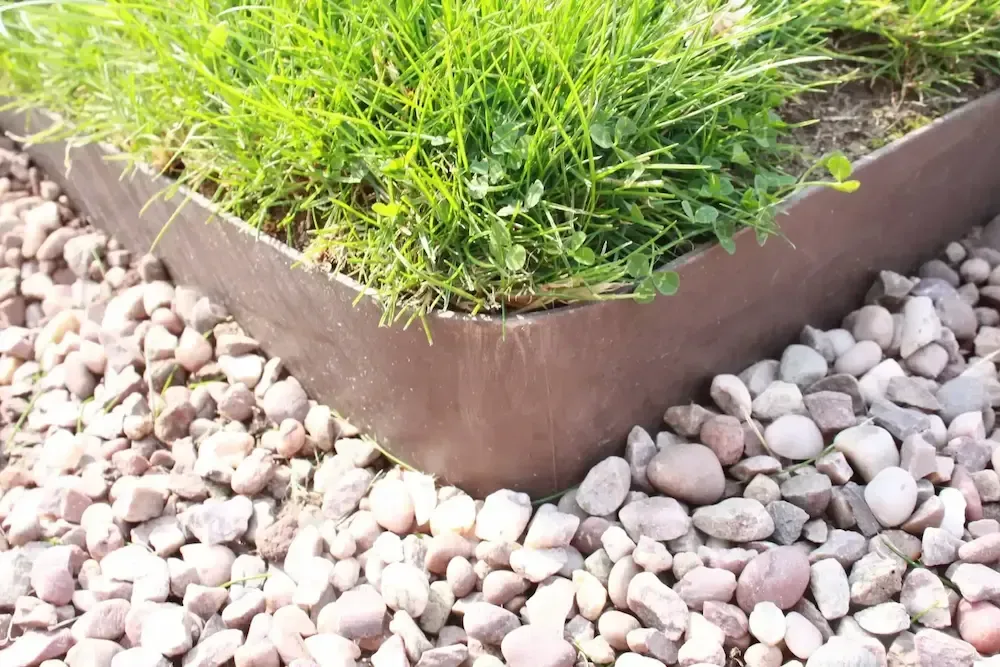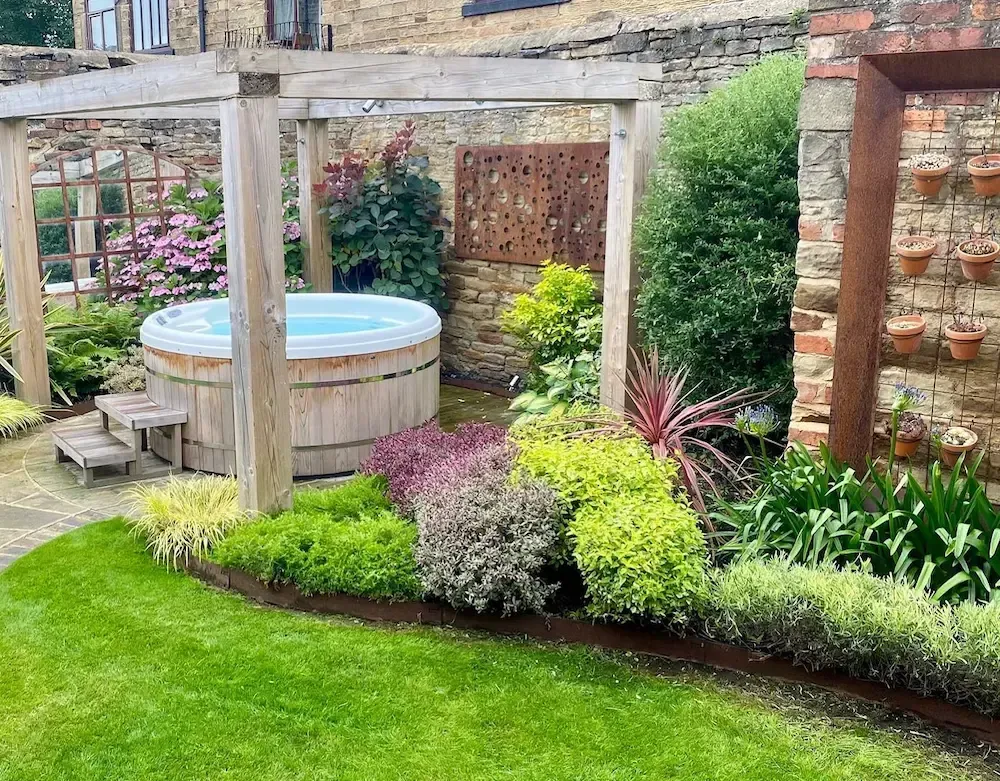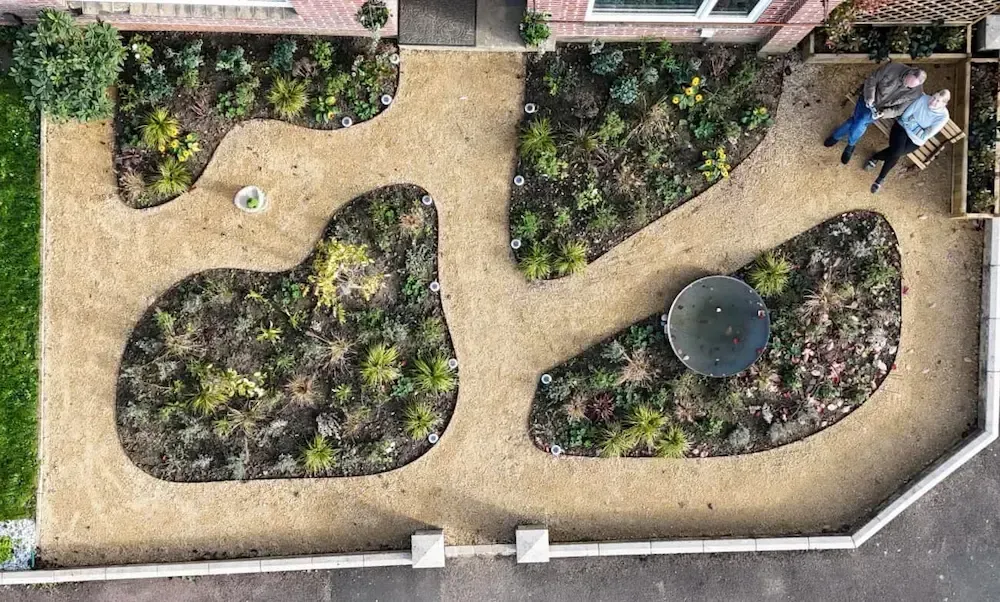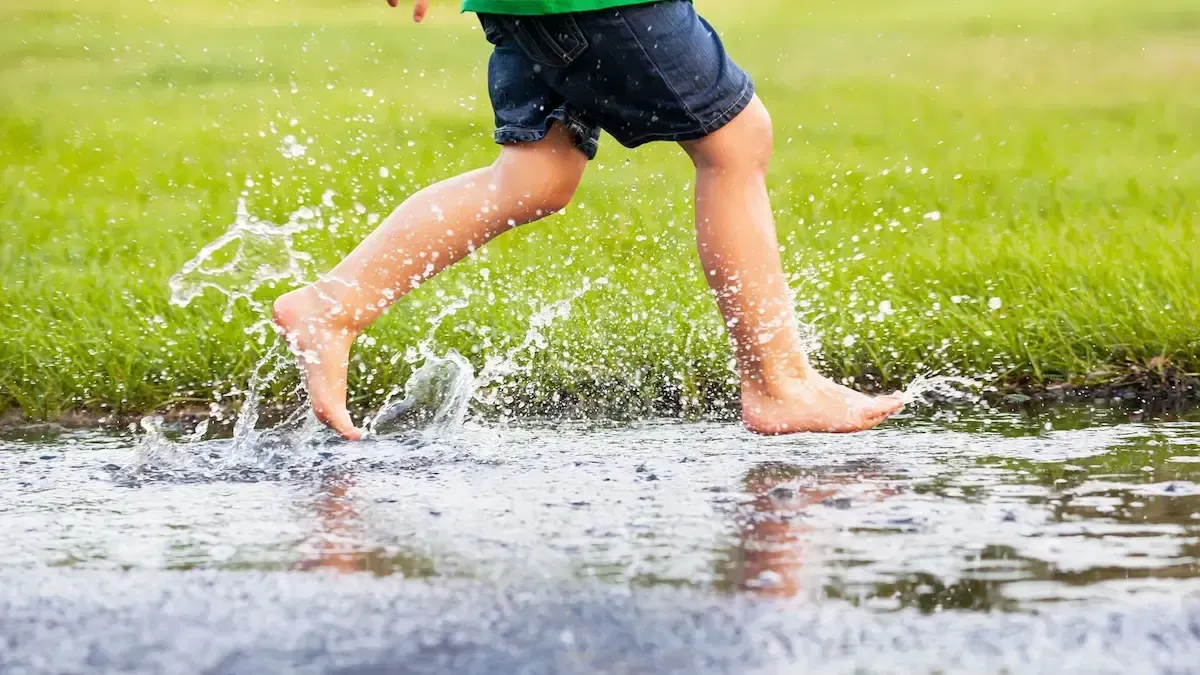Eco-friendly garden care that doesn’t cost the planet
The mental and physical benefits of gardening are well documented and are why it became so popular as a lockdown hobby. Sales of seeds, vegetable seedlings and trees are up 50% since the end of the level 4 lockdown. With continued gardening sales growth, a shift has occurred in how people relate their gardens to a sense of health and wellbeing; is there anything more soothing than looking at a green space and being immersed in nature?
But have you thought about the environmental impact of your garden design? A garden requiring a drowning or a host of synthetic chemicals to survive may look picture-perfect, but at what cost?
Here’s some food for thought:
- Maintaining gardens produces more greenhouse gases than they absorb.
- Gardens stripped of biodiversity have contributed to fading insect populations.
- Residential lawns require more irrigation than the same size agricultural spaces yet provide no agricultural value.
How can I make my garden more eco-friendly?
An environmentally friendly garden goes beyond harvesting water, it’s about mindfully creating a garden design that will flourish with minimal human interventions.
1. Find out what soil type the garden has
It’s easy, accurate and inexpensive to test the soil in your garden, but by making this small investment, you remove the guess work from which plants will naturally thrive in your garden. For example, different soil types retain varying amounts of water so you may overwater; or you may add unnecessary fertilisers to a soil that is already rich in nutrients.
2. Choose plants and seeds for your local climate and topography
Plants originating from a similar local climate will thrive in your garden without additional interventions being needed -extra fertilisers, heat, water etc. For example, Auckland is tricky for growing some grass types because of the humidity, whereas Christchurch NZ gardens have near perfect grass seed growing conditions.
Select plants and seeds to suit the planting position. Pay attention to whether plants tolerate shade, are heat resistant if planting in a north facing aspect or drought resistant if planting on a slope you are unlikely to water.
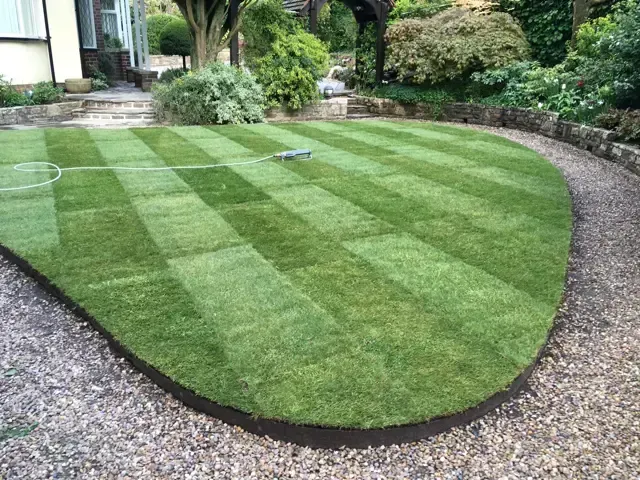
3. Install steel landscape edging
Yes, you read that right. Steel is one of the most sustainable materials you can use for garden edging and is the ideal visual separation between garden zones, adding the finishing touches to an outdoor space. But it also performs eco functions too.
While garden edging maintains the strength and integrity of paved areas, pathways, and patios, it plays a significant role in the prevention of weeds. Landscape grasses, runners and weeds encroach in garden beds, edging creates a barrier - keeping weeds out and mulch in and making weed killer a thing of the past. Steel landscape edging improves drainage by reducing soil compaction and enhancing aeration - crucial for promoting root growth and restricting soil erosion.
EverEdge supplies garden edging products NZ wide. Installation is not only an environmentally conscious decision, but economically strategic too - it’s longevity and durability make it a wise choice. If you would like to discuss how our garden edging can benefit your garden, drop us a line by clicking here or call 021 925 389.


